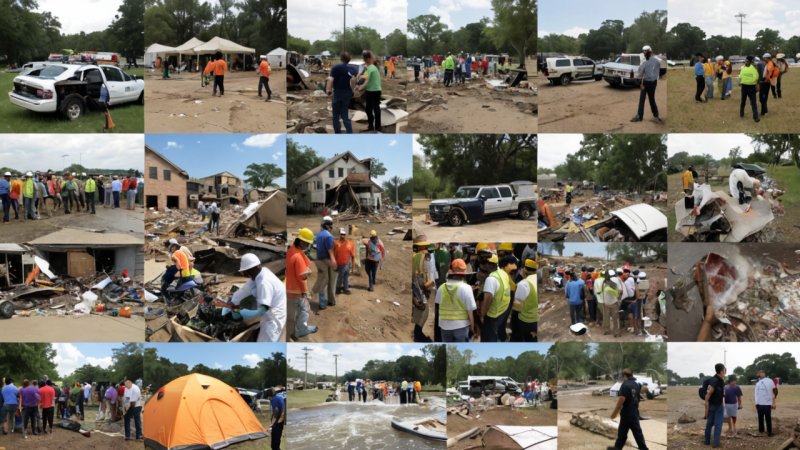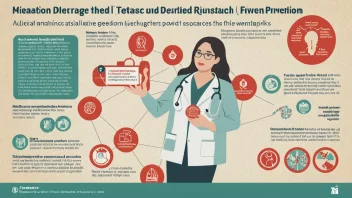Disasters, whether natural or man-made, pose significant challenges to communities worldwide. As climate change and urbanization increase the frequency and intensity of these events, research plays a pivotal role in developing effective disaster response strategies. This article explores how academic research is shaping the future of disaster management, focusing on key innovations and methodologies that enhance preparedness and response.
One of the primary areas of research in disaster response is the use of technology. Advances in remote sensing and data analytics have revolutionized the way we understand and respond to disasters. For instance, satellite imagery can provide real-time data on affected areas, allowing for quicker assessments and more informed decision-making. Drones equipped with cameras and sensors are also being utilized to survey damage and deliver supplies in hard-to-reach locations. These technologies not only improve response times but also help in planning and mitigating future disasters.
Another critical aspect of research in disaster response is community engagement. Studies have shown that involving local populations in disaster preparedness and response leads to more effective outcomes. Research highlights the importance of tailoring strategies to fit the unique needs and characteristics of communities. This approach fosters resilience, as locals are often the first responders during a disaster. By training community members and integrating their knowledge into response plans, researchers are helping to create a more robust disaster management framework.
Medical research also plays a crucial role in disaster response. Understanding the health impacts of disasters is essential for effective medical intervention. Research into the psychological effects of disasters has led to the development of better mental health support systems for affected individuals. Furthermore, studies on the spread of diseases in the aftermath of disasters inform public health responses, ensuring that medical resources are allocated where they are most needed.
Environmental studies contribute significantly to disaster response strategies as well. Research into climate change and its effects on weather patterns helps predict potential disaster scenarios. This predictive capability allows governments and organizations to prepare more effectively, potentially saving lives and resources. By understanding the environmental factors that contribute to disasters, researchers can also advocate for policy changes that address the root causes of vulnerability.
Finally, the role of interdisciplinary collaboration cannot be overstated. Researchers from various fields, including engineering, social sciences, and business, are coming together to create comprehensive disaster response strategies. This collaborative approach ensures that all aspects of disaster management are considered, from technical solutions to community needs and economic impacts.
In conclusion, research is a cornerstone of effective disaster response strategies. Through technological innovations, community engagement, medical research, environmental studies, and interdisciplinary collaboration, scholars and practitioners are making significant strides in preparing for and responding to disasters. As we continue to face new challenges, ongoing research will be essential in creating resilient communities capable of withstanding the impacts of disasters.






